
 A precast panel lifted to the top of The Breaker tower.
A precast panel lifted to the top of The Breaker tower.
BAHRAIN Precast Concrete Company (BPC) says it has set a world record by producing the tallest load-bearing precast concrete superstructure building in the world.
Standing at over 150 m, The Breaker tower in Seef, Bahrain, has precast elements that were designed, produced, and erected by the company in May this year. In fact, with this project, BPC has broken its own record as builder of the tallest precast concrete building in the Middle East and North Africa (Mena) region which was earlier held by the Shehab Executive Tower – a twin 24-storey office building, also in Seef, Bahrain.
“BPC is known for its innovative ideas and ability to provide precast solutions for all types of applications. With this in mind, Bin Faqeeh Real Estate Investment Group approached BPC to provide a complete precast solution for this 35-storey building with a twisted structure,” says Michael Pedersen, the general manager of BPC.
“No one in the Middle East has ever ventured a complete precast solution for such a tall building. However, BPC took up this challenge and successfully completed installing the last panel on May 12 at a height of 150.165 m,” he says.
BPC’s scope of work for The Breaker was to design, produce, deliver and erect the precast concrete elements, which included 2,593 shear walls, columns, beams, solid slabs and staircases; 21,165 sq m of 150-mm, 200-mm, 265-mm and 500-mm-thick hollow-core slabs; and 13,000 cu m of combined volume of concrete. The building comprises apartments, a car-park, swimming pool, and gymnasium, among other facilities.
Design & work overview
Pedersen says the architectural design of what was initially a 155-m-high tower was completed and approved by the client with very little scope for changes. However, the project was later converted from a twisting office building to a straight residential building with a height of 150.165 m.
 |
|
The crane ... carrying a load of 24 tonnes. |
All the lateral load-bearing elements were clustered around lift shafts and staircases on one side of the building, whereas the other half was completely open. This generated very large torsion in both directions. An analysis was performed considering free joints between slab to slab, slab to beam, beam to column and wall to wall. Individual walls were designed as free cantilevers, 155-m high, loaded at every floor (both vertical and horizontal) and fixed to foundation.
The design was created and checked on finite element programme. The loads and combinations were as per Euro/BS standards.
Pedersen says generally, in order for precast to succeed commercially and unlike cast-in-situ, the precast joints between columns and beams are designed as free of moment and carrying only gravity loads. He says horizontal loads arising from natural causes – mainly from wind and seismic forces – are supported either for single or double storey by cantilever columns or for high-rise building, cross bracing in steel or concrete for the entire height and/or shear wall system.
Pedersen adds that shear wall system is the most effective way of resisting horizontal shear force and controlling sway.
“From BPC’s past experiences, this system has proved to be the more technically sound option,” he says .
He adds that in a precast structural model, which is the most cost-effective and where joints are moment free between beam to columns, slab to beams and the group of walls close to each other are designed as uncoupled.
Execution & challenges
The completion speed of a project is always the essence, states Pedersen. “Since the construction involved minor in-situ works, the work schedule was prepared in such a way that no time would be wasted and the site operation was made as smooth as possible. The installation of precast elements in the circular area was given the highest priority enabling the civil contractor to carry on its works.”
In parallel with the civil works, BPC was also able to progress in the lift area with the erection of core walls and lift walls together.
BPC carried out the work at an average erection speed of two-and-half floors per month (approximately 13 days to complete a floor). This consisted of seven days for the assembly, erection and grouting of precast beams, hollow-core slabs and staircases, and six days for the precast columns and shear walls. Cantilever slabs for every floor were completed (by others) in between BPC’s works.
 |
|
Celebration ... last panel installed at a height of 150.165 m. |
Citing a challenge, Pedersen says a major hurdle faced by BPC was the delay in enhancing the tower crane capacity. Despite this delay, BPC still managed to complete its work one week ahead of the approved schedule. This clearly shows that compared to the conventional way of building, the precast system is much faster considering the floor area.”
He also attributes the success to BPC precast erectors’ experience, dedication and hard work. The design of precast connections made it easier for the erectors to do their work.
Another challenge he says was the erection of the precast elements. “The weight of the precast concrete elements, the height of the building and the radius of the farthest element from the lifting point meant BPC had to secure what may be the largest tower crane in the GCC region. The crane was required to stand freely at 100 m, carrying a load of 24 tonnes at a radius of 43 m. When finally erected, the massive crane had a maximum hook height of 168 m and could carry 12 tonnes at 60 m radius.”
Pedersen says BPC introduced the multi-storey precast concrete structural building system to the Bahrain market in 2006 by developing the structural precast technology and converting traditional building construction into a full precast concrete building system for an 11-storey building in Umm Al Hassam, Bahrain. Since then, BPC has carried out a number of projects using the same concept including an 18-storey mixed-use development, a 13-storey hotel (full building system), a 14-storey mixed-used tower, and its two record-breaking projects.
“The Breaker tower, situated near the Bahrain City Centre Mall, will serve as an excellent testament to the high performance and speed of precast concrete construction and hopefully, will be a distinguished landmark that will be admired by everyone,” he concludes.














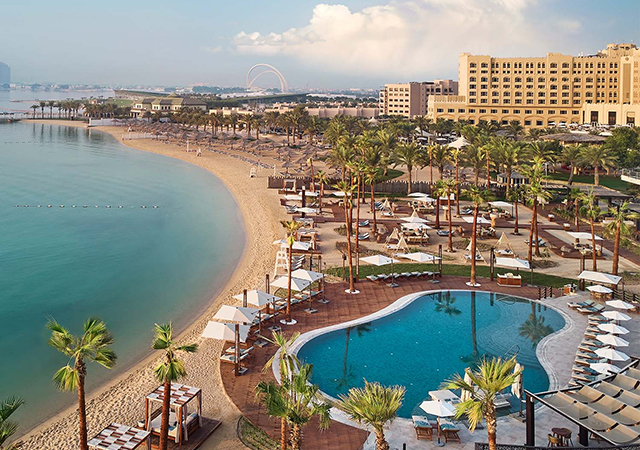

.jpg)












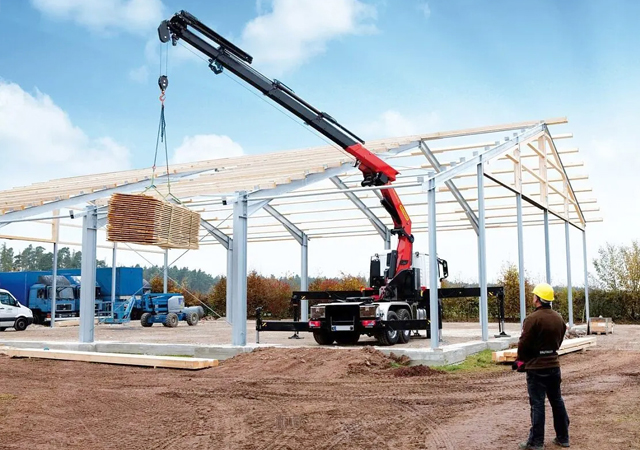





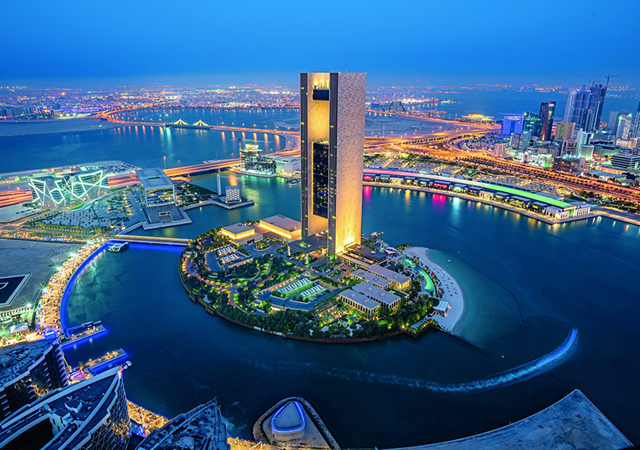





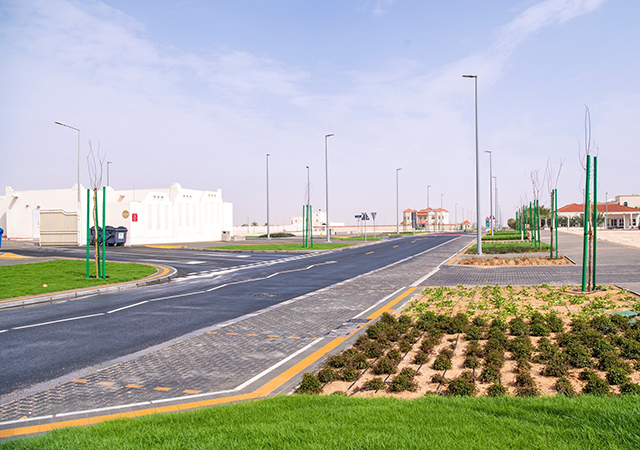






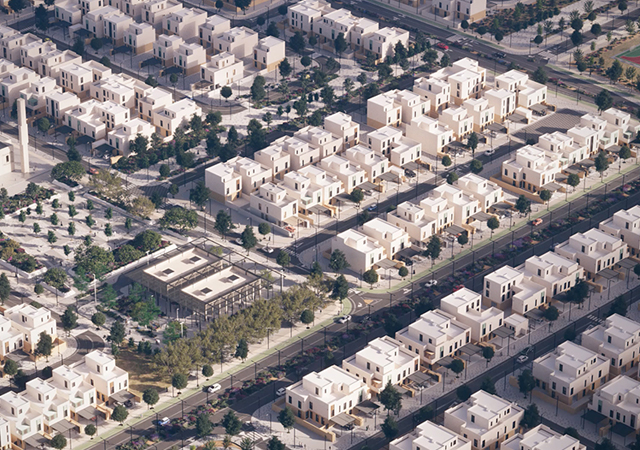









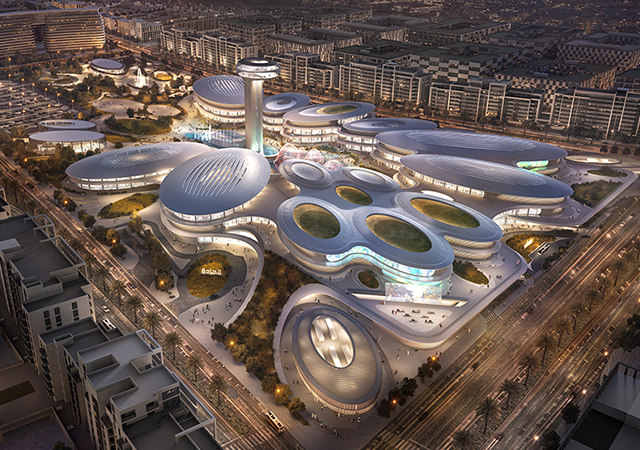



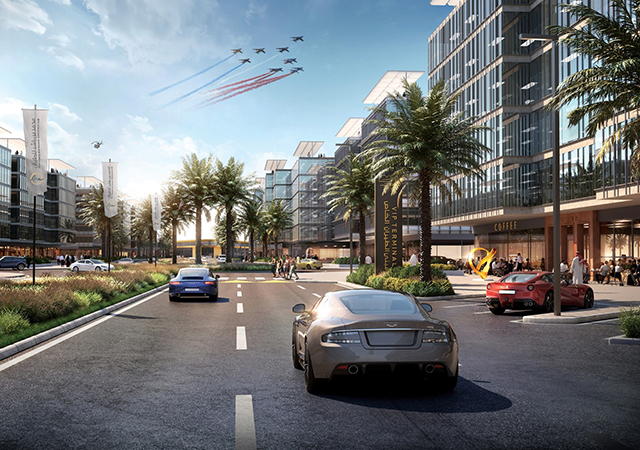
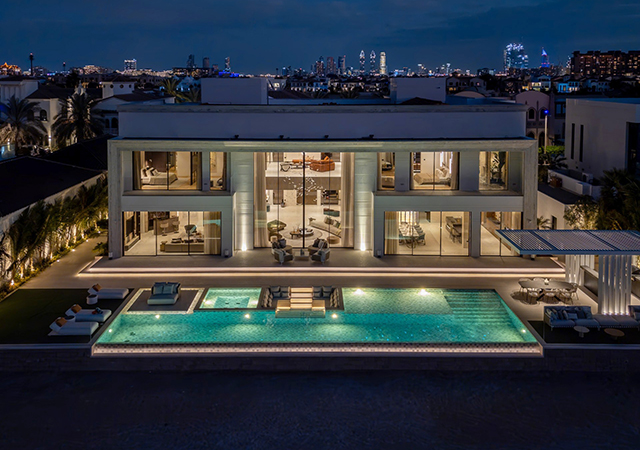

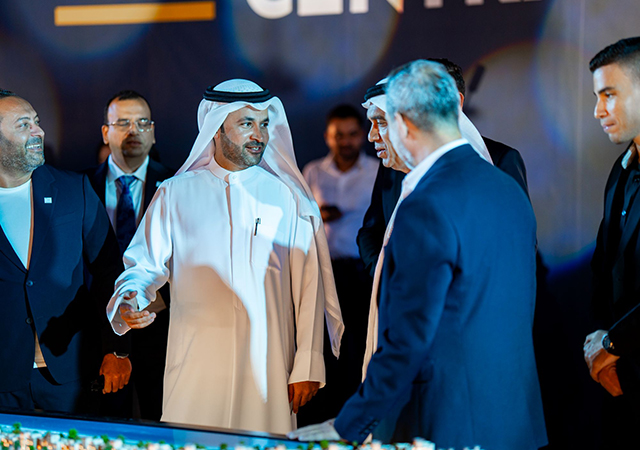



.jpg)




.jpg)





